Covering all bases — insurance versus climate change in Zimbabwe
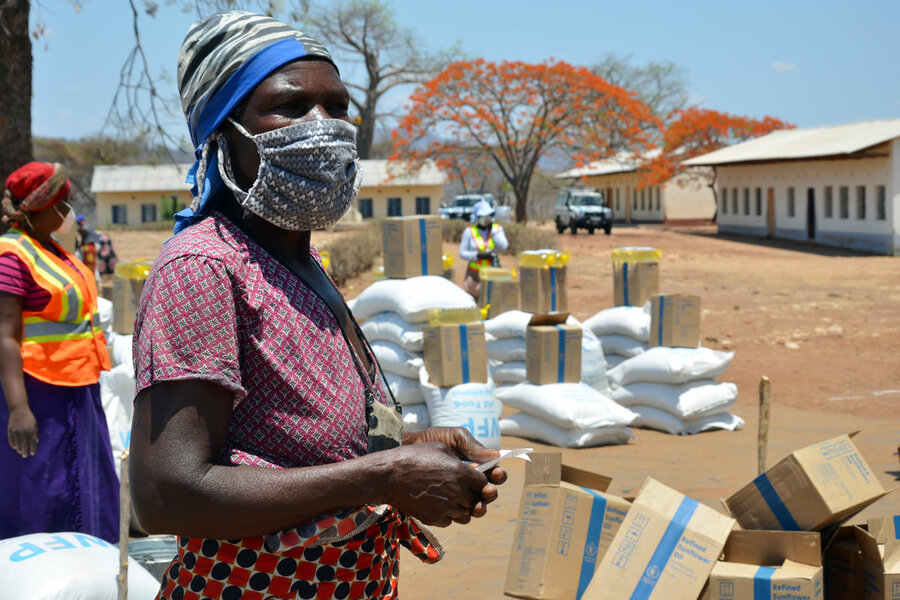
“These past years of drought have been the worst that I’ve experienced,” says Loveness, a 64-year-old grandmother who has lived off the land in Rushinga, one of Zimbabwe’s worst drought-hit regions, for as long as she can remember. “I wasn’t able to harvest anything — all of our crops were written off, both the maize and the sorghum.”
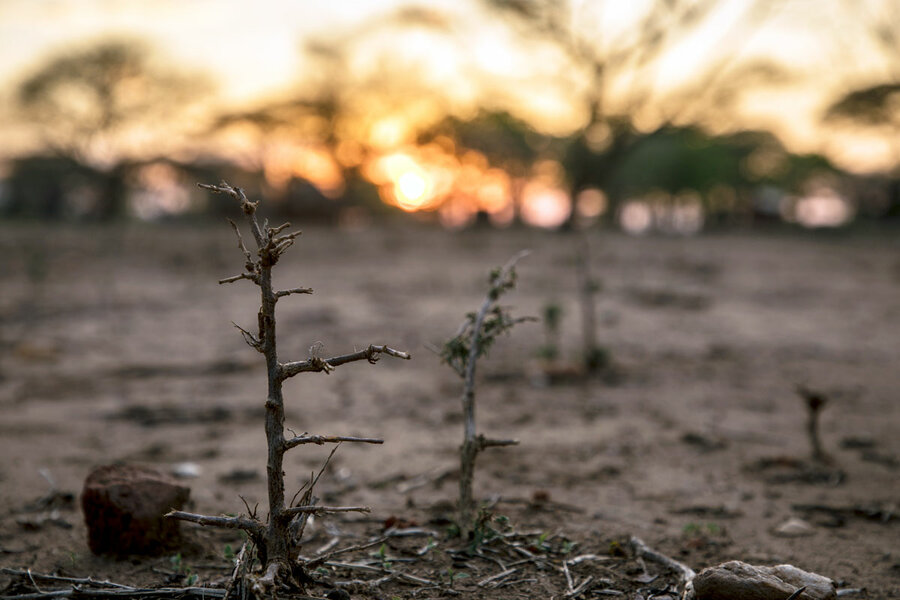
Climate change is intensifying extreme weather events hitting the country, leaving almost half the population of 15 million unsure of where they’ll find their next meal. At the peak of this hunger season, 3.4 million people, more than a third of the entire rural population, are expected to face emergency or crisis levels of hunger.
Over the past two decades, droughts have proved an insurmountable challenge for the smallholder farmers who produce most of the country’s food.
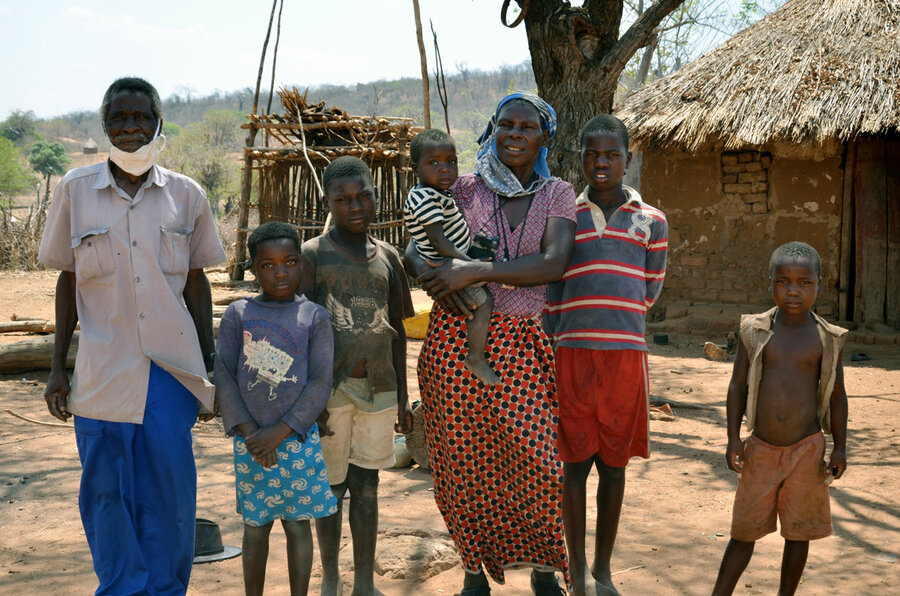
“In 2018, we would harvest 50 bags of 50kg for each crop but last year we harvested nothing,” says Loveness.
In January 2020 drought was at an ominous peak in Zimbabwe, leaving farmers unable to harvest even half of the maize they needed to make it through the year. It's impossible to imagine any crop flourishing in Rushinga’s parched earth and sweltering heat. Rushinga’s streams had run completely dry; farmers were bereft with no water source for their fields.
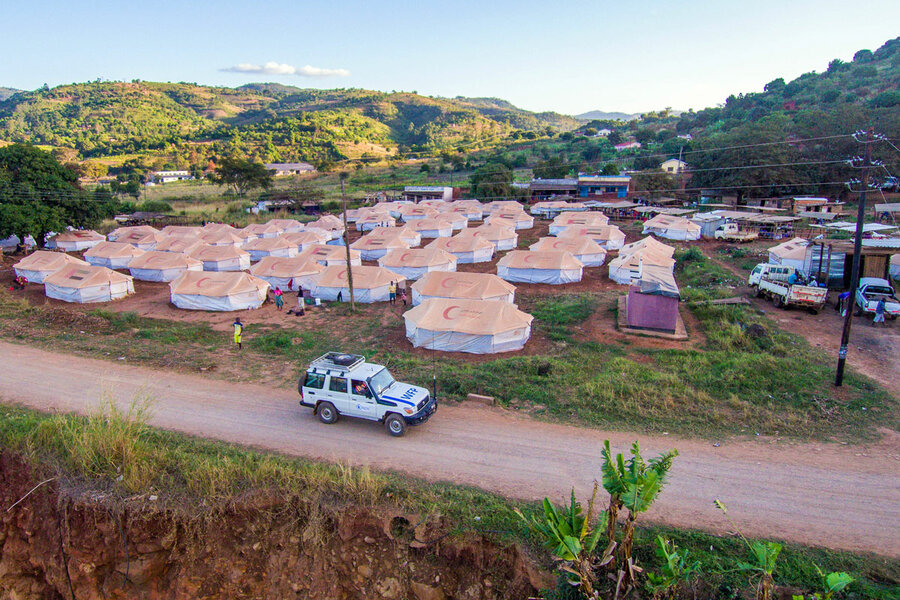
“With ten of us in this family, we’ve struggled to find food for our children and grandchildren,” says Loveness. “Times were especially hard during the drought, I often felt very unwell because I didn’t have enough to eat.”
The World Food Programme (WFP) provides Loveness and her family vital food assistance thanks to climate risk insurance purchased from African Risk Capacity (ARC) – a programme called ARC Replica that provides reliable funding for WFP’s humanitarian assistance in the case of extreme weather events.
Zimbabwe: ‘Coronavirus will affect women and girls more than anyone’
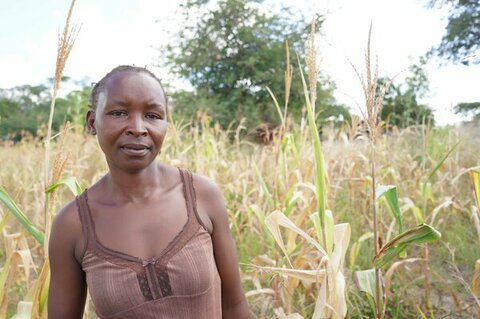
After walking about 2 km from her homestead to the distribution point, Loveness picked up her WFP food basket, full of enough pulses, grains and cooking oil to sustain her family for the whole month. This food was purchased with the ARC Replica payout and is intended to substitute the food she and her family would have harvested had drought not occurred.
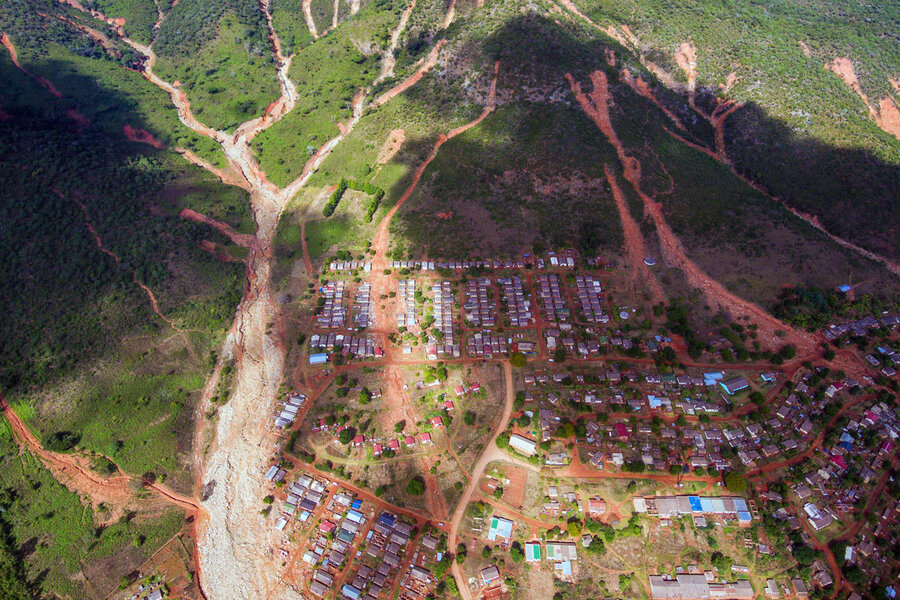
ARC’s insurance policies are triggered when Zimbabwe suffers extreme drought. Cutting-edge scientific models identify when communities are facing threats to their lives and livelihoods. Payouts then provide both WFP and the Government a timely injection of financial resources for preparing a response to support the most vulnerable people.
People in Rushinga are already used to the intense heat of the dry season, but when temperatures soar even higher during a drought, the community is severely stressed.
Elvin, Loveness’s husband, says, “[We are] still reeling from impact of last year’s drought and WFP’s food assistance is helping to hold everyone together. At least we have something to eat.”
No time to lose…
Floods and cyclones strike, too, and things are only expected to get worse. Climate scientists anticipate severe droughts in Zimbabwe to increase by 21 percent over the next few decades which could lead to enormous losses.
“There is an urgent need to collectively advocate for shifts in our approach to finance and deliver humanitarian assistance to mitigate impacts of extreme climate risks in the country,” says Jyothi Bylappa, WFP’s Climate Risk Programme Officer in Zimbabwe.
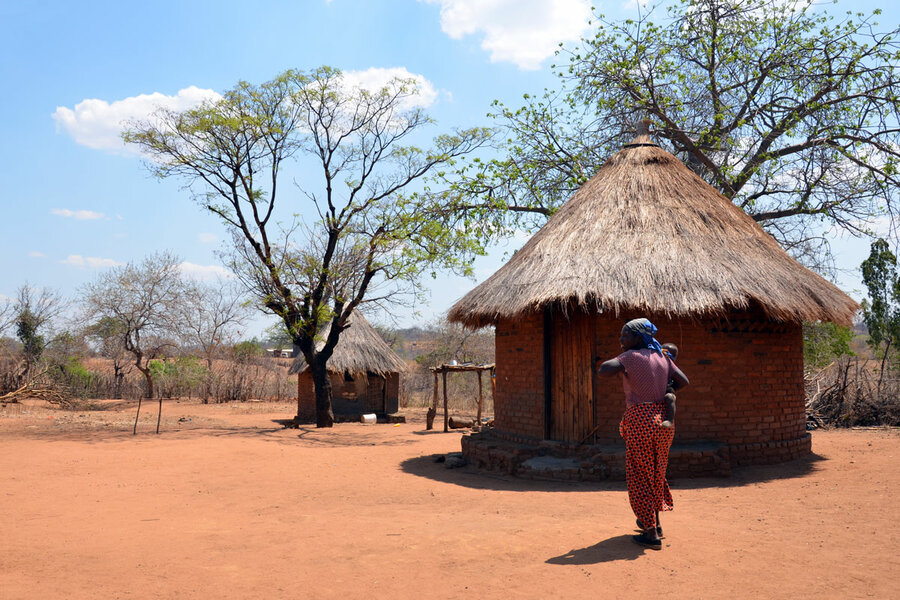
WFP took out an ARC Replica policy in 2019, extending the Government’s own policy coverage. Last year, when drought hit Zimbabwe for the third year in a row, ARC paid out US$300,000. This funded WFP’s food assistance to over 40,000 people, complementing the Government’s own drought response, which had received U$1.75 million from ARC.
Bylappa says: “WFP is committed to saving lives in climate-related crises and, with the extreme and unpredictable weather patterns in Zimbabwe expected to worsen, climate risk financing is a smart solution to ensure Zimbabweans like Loveness won’t suffer from future drought as they have in the past.”



